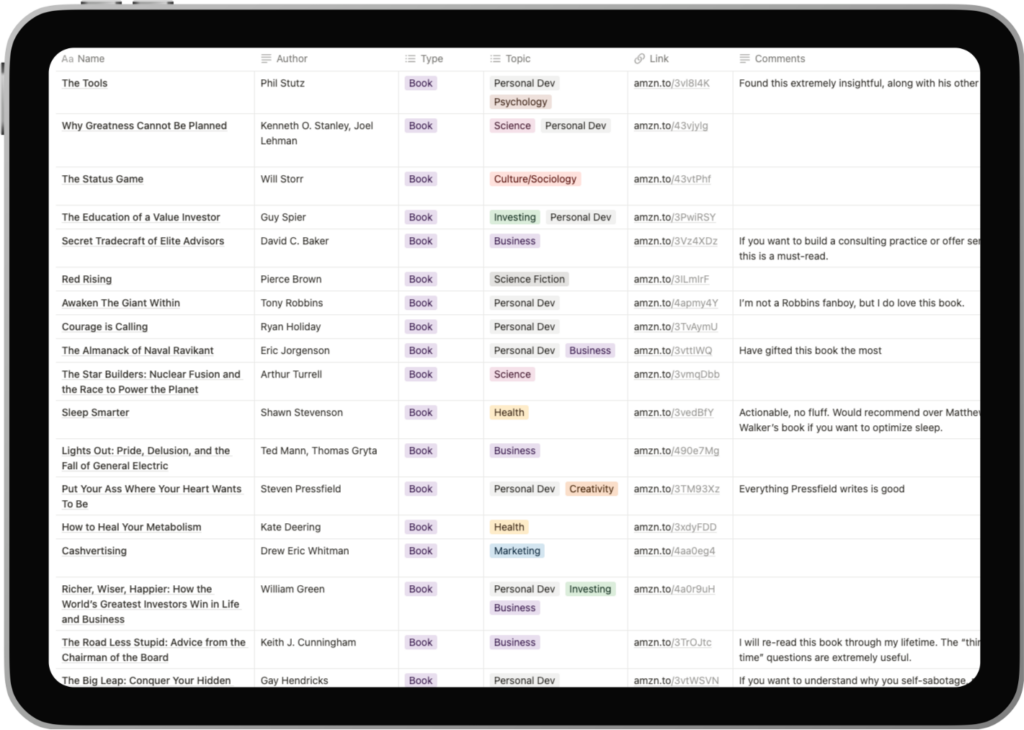This is issue #1 of my newsletter, Modern Capitalist. Sign up here to get weekly insights on how to scale yourself and your business in the modern age.
Happy Monday,
Last week I wrote about why “raise your prices” is good and bad advice.
Good advice because most people are naturally hesistant to raise prices.
Bad advice because it’s too simplistic, and can potentially ruin a business if taken onboard without really diving into the data.
If you missed that issue, read it here.
This week, I want to talk about how to price your digital product.
Please note that when I’m talking about pricing (both in last week’s issue and this week’s issue), I’m talking about digital products. Online courses, training, ebooks—you get the idea.
Services are a completely different ballgame because they have fulfillment cost (either monetary or time-based) which change pricing dynamics (you need to sell at a minimum price point to recoup your costs/time).
The problem with digital products is that they generally require zero fulfillment or cost to deliver, and that’s why it’s difficult to price them.
But there is a strategy that I think works for 90% of entrepreneurs and solopreneurs building digital product businesses (or simply selling a digital product as as personal brand).
Let’s take a look.
Start low
You want to price your product low initially.
Low can mean different things depending on which niche you’re in (check out last week’s newsletter for details on this).
If you’re selling to a market with high purchasing power, then low might be $300. If you’re selling to a market with low purchasing power, it might be $20.
You want to price low at the beginning so that:
- You get more sales resulting in more feedback (negative/positive) to improve the product and marketing/messaging
- You get testimonials
It’s also better to price too low and then increase the price, than to price too high and lower the price. The latter never looks good.
Slowly increase price
Start low, and then every few months do a price increase.
Make this a promotion. It’s a good way to induce scarcity and make sales.
Tell your list/audience, “hey, we’re raising the price at the end of the month.”
Then, increase the price by 20-50% depending on the existing price point.
Less than 20% is rarely worthwhile.
More than 50% is significant and may put you too far outside the “upper limit” for your ideal customer.
Track the data
Track all the necessary data from day one: page views, conversion rate, cart conversion rate, total sales, value per visitor, etc.
After each price increase (and weeks/months following), pay close attention to what the data is telling you.
And do the math.
- 1000 visits to sales page at $50 price point & 10% conversion rate = $5,000
- Raised price to $70 @ 8% conversion rate = $5,600 = 12% improvement
- Raised price to $99 @ 4% conversion rate = $3,960 = 30% decrease in overall revenue compared to previous price raise—too expensive.
In this scenario, the price raise to $99 is too expensive. You could take it down to $80, but it’s probably better to just pull it down to $70 and then focus on other products or optimizations (because dimishing returns).
Other thoughts
- While pricing strategy is useful, it is near useless if you’re not getting significant sales volume. If you haven’t yet built and audience or you’re not getting consistent sales every day, then it will be hard to pull this off. Just pick a low-ish price, launch your product, and start growing sales. Track data regardless because it will be useful in the future.
- There do seem to be “psychologically-friendly” price points. It’s why you see so many $27, $49, $99 products. These are numbers that consumers are used to. Start with one of these if you’re not sure where to start.
- Asking potential customers “how much would you pay for this?” is almost always a waste of time. They don’t want to offend you, so they’ll give you a higher number. The only true way to validate is to actually make a sale.
- Split-testing? It can be done. Have one price on the A page, and then another price on the B page. If you’re going to do this, consider offering partial refunds to the customers who get the bad end of the deal (so they get it at the original lower price). I’ve purchased products in the past that were clearly being price tested and it left a bad taste in my mouth when I found out I paid much more than I could have.
That’s it for this week!
-Sam

